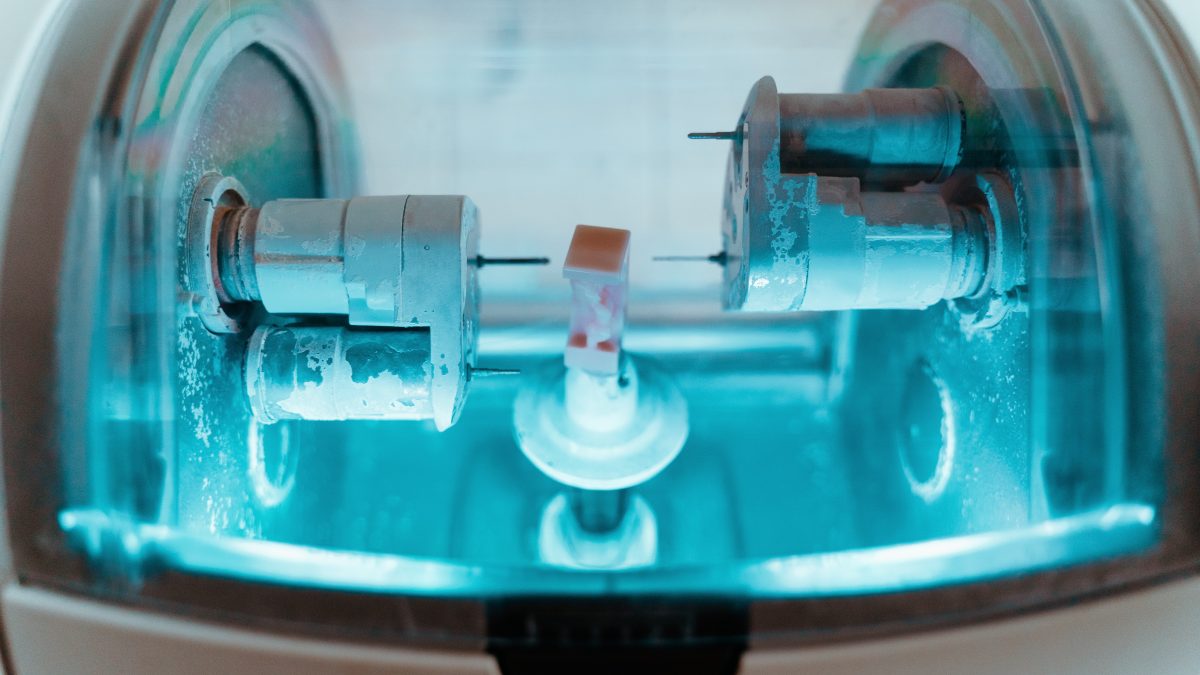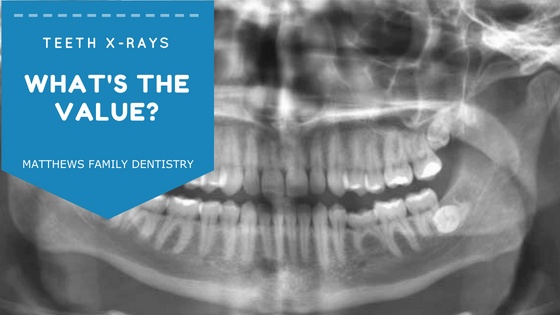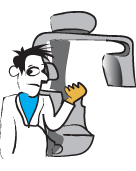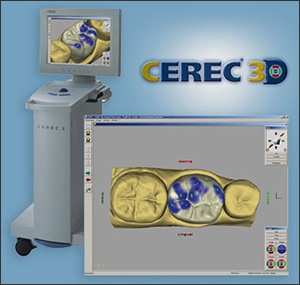
Is DIY Teeth Whitening Safe?
July 30, 2022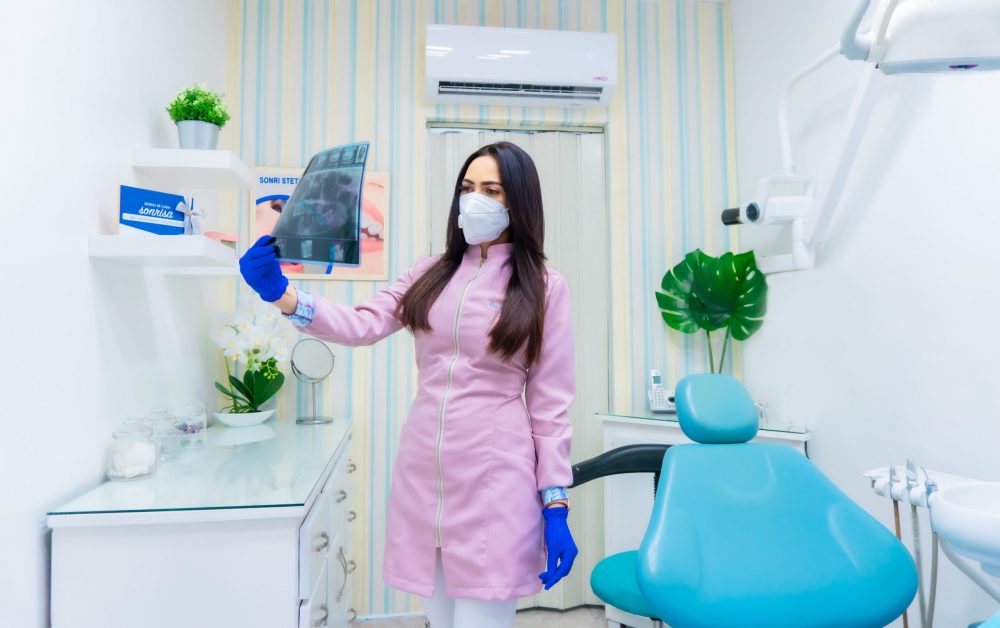
Is Cosmetic Dentistry Safe? Let Us Explain!
August 8, 2022Dentistry has experienced leaps and bounds in technological advances over the years. Even timeless procedures can benefit from improved technology.
What is dental technology, and how does it help our team at Matthews Family Dentistry offer better care? Find out how we use the latest tools and technologies to improve your everyday experience.
Get a Crown in One Visit with CEREC Single-Visit Crowns
You don’t have to make multiple trips to the dentist for a crown. The latest dental tech allows doctors to create and place customized crowns in one visit. It can even replace missing fillings or other restorations with porcelain, tooth-colored replacements.
The CEREC 3D system combines the latest manufacturing technology through computer-aided design (CAD) and computer-aided manufacturing (CAM). Using a computer, digital camera, and computer-controlled milling machine, dentists using the CEREC 3D can form customized restoration pieces while the patient waits.
By getting a CEREC Single Visit Crown, patients save time and money. Additionally, they have a more comfortable tooth restoration as soon as they leave the office! Since the restoration is the same color as the patient’s teeth, it blends in better, reducing the impact on the smile’s appearance.
The CEREC 3D technology is so new that only 14% of dental offices use it, and Matthews Family Dentistry is excited to be one of those practices.
Experience Lower Radiation Exposure with Our Digital X-Rays
Traditional x-rays produce images on x-ray film of a patient’s teeth. While the dosage from traditional x-rays is low, about the amount experienced on a short plane flight, dental technology has evolved to lower the amount of radiation exposure even more with digital x-rays.
Digital x-rays take images of the teeth with an electronic sensor. Patients experience only 10% to 20% of the amount of radiation they would get from traditional x-rays. The lower radiation levels are better for the patients and the dentist taking the images.
Additionally, digital x-rays immediately store images on a computer for long-term reference in a patient’s record. This storage method reduces dental offices’ effort to keep patients’ files updated.
Digital x-rays make looking over images from a patient over time – easier. Plus, the dentist can look inside the teeth to see invisible problems to the naked eye. This ability improves the diagnostic capability of dentists to find the location of a problem and create a treatment plan to fix it.
A dentist can see some of the following on digital x-rays that visual exams might miss:
- Bone loss
- Dental problems below the gum line
- Poor root conditions or positions
- Improper tooth positions
- Decay inside or between teeth
- Cysts or abscesses
- Tumors, both cancerous and non-cancerous
In some cases, the above issues may not cause pain or discomfort but left alone could lead to tooth loss, oral cancer, or future pain. Earlier diagnosis of dental problems likely leads to improved outcomes for the patient. Digital x-rays are one technological tool our team uses to help make the correct diagnosis for every patient.
Learn About Your Teeth with Our Intraoral Camera
Dental technology often involves imaging because visual teeth exams do not tell the entire story. Plus, it can be difficult for patients to understand what a dentist is talking about when describing dental issues. An intraoral camera allows the doctor and the patient to see inside the mouth to make diagnosis and discussion easier.
The camera itself has a smooth, slim design that comfortably fits into the mouth. During an exam, the dentist uses the camera to establish the current oral conditions, including existing dental work and the state of the teeth and gums.
While looking at the teeth, the dentist can show the patient what they see on a screen with the camera images. This ability to share the view inside the patient’s mouth allows the dentist to communicate better with the patient. For example, if a dentist sees a problem with a specific tooth, they can show the patient the area of interest with the camera to help better explain the need for treatment and the patient’s options.
Because the images created from the camera are stored in a computer, the office can send them to specialists or insurance providers for reference. For patients who may want cosmetic procedures to improve their smiles, the dentist can enhance the camera images to show the patient possible outcomes from the treatments.
An intraoral camera is only one of the many imaging options to improve patient care and communication.
Find Out the Cause of the Problem with Cone Beam CT Imaging
Sometimes, digital x-rays cannot show enough of the tooth. Cone beam CT imaging creates a three-dimensional view of the teeth. This image gives the dentist the greatest picture of the internal and external teeth anatomy. Dentists can see periodontal disease, TMJ, impacted teeth, or tumors. Consequently, they can make more accurate diagnoses and choose more specific treatment plans.
Cone beam CT imaging takes a very short amount of time to produce an image. Therefore, the amount of radiation that patients have exposure to when getting this imaging is less than a standard CT machine. Less radiation and better diagnostic capability make this imaging device a proven tool for our practice at Matthews Family Dentistry.
Visit Us at Matthews Family Dentistry to Benefit from Dental Technology
Now that you know what is dental technology, we hope you consider Matthews Family Dentistry as your go-to option. As much as our high-tech tools help in our practice, we still put patient care and comfort first. Schedule a visit with us to enjoy the best of high-tech dentistry and old-fashioned patient care. We’re here to help all our patients to feel more comfortable while giving them the best care we can provide.

